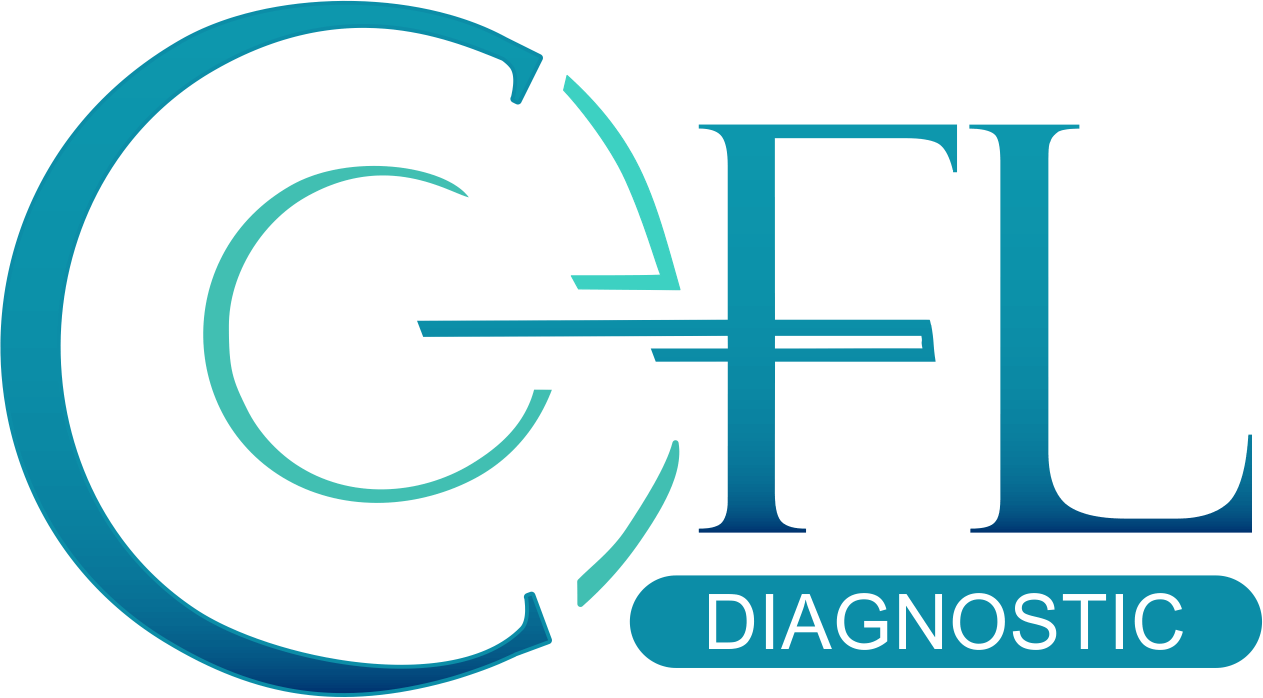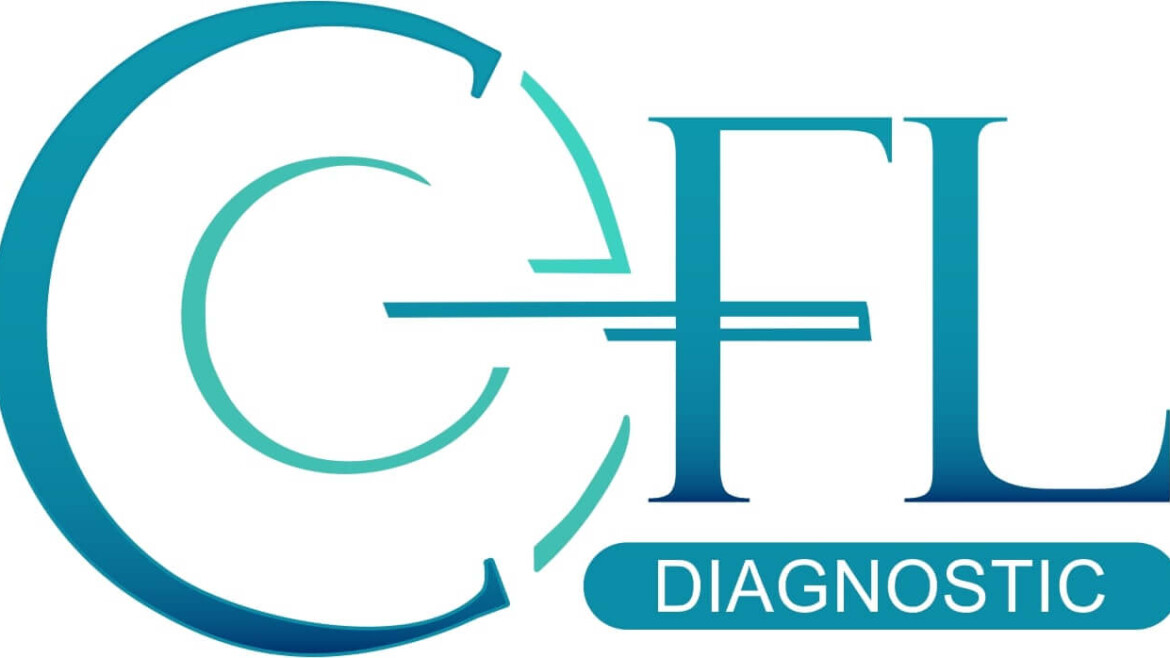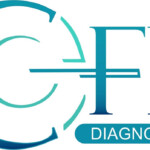I believe few people fear the film “Terminator” as much as a young radiologist. Unsurprising given that for years we have heard how artificial intelligence (AI) will eventually supersede the radiologist. For some the radiologist in 2040 will simply cease to exist. Others believe their drastically reduced numbers will be subservient to a “black box” of technology designed by informaticians and engineers.

‘Evolution of Radiology‘ by James at poormd.com
Predicting the future is never easy. One must appreciate recent history, and combine this with present trends to extrapolate future direction. Radiology in the past 20 years has seen the advent of new modalities such as MRI and nuclear imaging, an increase in the safety and resolution of CT and the establishment of interventional radiology as a vital service. The past 10 years have seen an exponential growth in the uptake of imaging – this has largely been possible due to moves towards digital imaging and PACS. Much work is now being focused on this field; like so many industries in the age of information it is on the precipice of disruption.
Current projections on the future are largely based on the development of artificial intelligence and machine learning
Radiology will be revolutionised by upcoming technology – more so than any other area of medicine. Tech buzzwords surrounding healthcare such as “big data” and “neural networks” always reference their applications to imaging. Current projections on the future are largely based on the development of artificial intelligence and machine learning.
Most commercially available Computer-Aided Diagnosis (CAD) algorithms today are painstakingly taught segmentation patterns; we code how a lung nodule might look and compare it the study of interest. In its primitive form CAD has been shown to be more accurate than humans in simple imaging modalities such as mammography without the draw of human fatigability. However it is inadequate when applied to more complex scenarios.
The promise of the future lies in unsupervised neural networks being applied to millions of images to unlock the secrets of voxel patterns even radiologists cannot see. By analysing large data sets, neural networks will develop novel algorithms that are continually refined as it comes across more scans.
This concept is taken further to predict the development of imaging “biomarkers” – quantitative analyses that can predict the development of conditions, aid diagnosis or allow prognostication. Radiogenomics promises to combine imaging phenotypes with a patient’s genetic sequence to further increase diagnostic accuracy, reduce the need for biopsy and recommend “personalised” treatment.
At the very least artificial intelligence will in the near future automate time-consuming tasks such as manual measurements of brain structures. By 2040 the majority of reporting will be automated. The barriers to this are considerable; many insist impossible. Ten years ago similar barriers were predicted to dash the dream of the self-driving car. Ten years of refinements in computer vision and machine learning have made this a reality – it is naïve to not plan for the same in the next two decades.
Far from jeopardising the career of the 2040 radiologist, this revolution will place her at the forefront of medicine. This will only happen with a mindful restructuring of the speciality and health services. The Royal College of Radiologists continues to encourage regional centralisation of services and these changes should be made with an eye to the future.
That reporting will primarily be automated is a huge advantage for the NHS (UK). A 2015 census showed that 1% of departments are meeting their reporting requirements. A lot of funding is now spent on outsourcing reporting which has well known pitfalls.
Automating an ever increasing workload will ideally position the 2040 radiologist as a clinical leader. The MDT meeting leads to demonstrably better outcomes, and clinicians always appreciate the opportunity to discuss imaging in complex cases. Even the most adamant of technophiles concede there will be still be cases were clinical correlation is key. The MDT is the arena of the 2040 radiologist.
Automating an ever increasing workload will ideally position the 2040 radiologist as a clinical leader
Yet the average radiologist today spends one programmed activity session a week in attendance. As care becomes increasingly subspecialised so too will it become multidisciplinary. The wide-ranging clinical knowledge of the radiologist makes them the ideal chair. Automated reporting will increase the opportunity for facetime with both clinicians and patients. This will raise the specialty’s profile and secure its future rather than detract from it.
The NHS is ideally positioned to become a world leader in developing and adapting such technology. One of the major barriers faced by countries such as the United States in training neural networks is restrictive information governance regulations resulting in many images being locked away in regional “data silos”. A National Health Service can make use of such information and infrastructure with relatively little investment. Radiologists must be integral in early planning to support these changes.
Automated reporting will allow more radiologists to accommodate the increasing demand for procedural work
Automated reporting will allow more radiologists to accommodate the increasing demand for procedural work. Interventional radiology has struggled to secure its established position today. Despite the bright future subspecialties such as interventional oncology have, rapid advances are also being made in therapies such as external beam radiotherapy and immuno-oncological agents. It would be wise for interventionalists to proactively align their locoregional practices to such therapies. Combined therapy will provide the best chance of maximum therapeutic benefit with minimal invasion.
The radiologist in 2040 will work in a very different specialty to today’s. The blistering pace of technological improvement in imaging will replace many of the tasks that currently occupy their time. This provides an opportunity for radiologists to redefine their job roles to greater improve patient care. This can only happen by radiologists planning for an uncertain but bright future and cementing their place in it.




